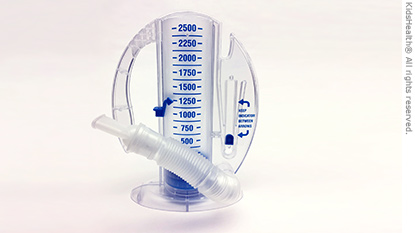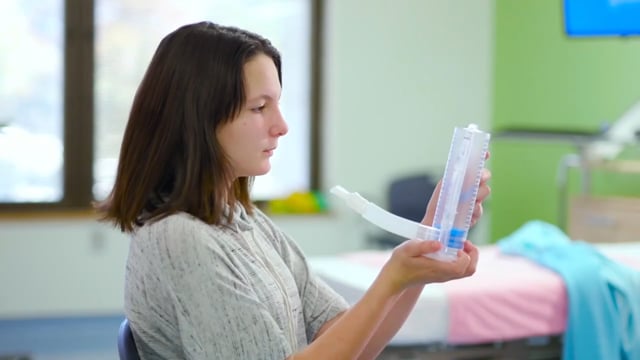- Home
- Parents Home
- Allergy Center
- Asthma Center
- Cancer Center
- Diabetes Center
- A to Z Dictionary
- Emotions & Behavior
- First Aid & Safety
- Food Allergy Center
- General Health
- Growth & Development
- Flu Center
- Heart Health
- Homework Help Center
- Infections
- Diseases & Conditions
- Nutrition & Fitness Center
- Play & Learn Center
- School & Family Life
- Pregnancy Center
- Newborn Center
- Q&A
- Recipes
- Sports Medicine Center
- Doctors & Hospitals
- Videos
- Para Padres
- Home
- Kids Home
- Asthma Center
- Cancer Center
- Movies & More
- Diabetes Center
- Getting Help
- Feelings
- Puberty & Growing Up
- Health Problems of Grown-Ups
- Health Problems
- Homework Center
- How the Body Works
- Illnesses & Injuries
- Nutrition & Fitness Center
- Recipes & Cooking
- Staying Healthy
- Stay Safe Center
- Relax & Unwind Center
- Q&A
- Heart Center
- Videos
- Staying Safe
- Kids' Medical Dictionary
- Para Niños
- Home
- Teens Home
- Asthma Center
- Be Your Best Self Center
- Cancer Center
- Diabetes Center
- Diseases & Conditions
- Drugs & Alcohol
- Expert Answers (Q&A)
- Flu Center
- Homework Help Center
- Infections
- Managing Your Medical Care
- Managing Your Weight
- Nutrition & Fitness Center
- Recipes
- Safety & First Aid
- School & Work
- Sexual Health
- Sports Center
- Stress & Coping Center
- Videos
- Your Body
- Your Mind
- Para Adolescentes
Incentive Spirometer
What Is an Incentive Spirometer?
An incentive spirometer (say: in-SEN-tiv spy-ROM-eh-tur) is a hand-held device that helps people to take slow, deep breaths. It's like exercise equipment for the lungs to keep them strong and working well.
Why Do Kids Need an Incentive Spirometer?
Breathing deeply helps get enough air into your lungs so they inflate as much as possible. Breathing slowly helps get air into all parts of your lungs, not just one part of them.
When kids don't breathe deeply enough, fluid and germs can build up in their lungs. They might get infections like pneumonia. Using an incentive spirometer can help stop this from happening.
Doing incentive spirometry doesn't just help kids who are healing from surgery. It also helps some people with conditions that affect the lungs, like cystic fibrosis.
How Does an Incentive Spirometer Work?
An incentive spirometer is made of hollow, clear plastic. It has a tube with a mouthpiece attached.

The main part of the spirometer shows how deeply you breathe in. There is a big grid with lines and numbers on the spirometer. As you breathe into the mouthpiece, a piston moves up the lines. The piston is the large blue disc in the main part of the spirometer, pictured above.
The more air you breathe into your lungs, the higher the piston goes. Your care team will move a slider on the main grid to set a goal for how deeply you should breathe.
A range indicator on the side of the spirometer shows how slowly you breathe in. Next to the main part of the spirometer, you will see an area with arrows or lines showing a range. As you breathe in, a ball (or other kind of indicator) goes up and down. If you breathe in too fast, it shoots to the top. You need to breathe in slowly — but not too slowly — to keep the indicator in the target range.
At first, it can be hard to reach your goal. That's normal. Incentive spirometry is like any workout: The more you do it, the easier it is to get to your goal.
How Often Do Kids Do Incentive Spirometry?
How often you need to use the spirometer depends on why you're doing it:
After Surgery
The spirometer helps you get better after surgery, but you will probably practice it at home first. This helps you get used to using it and learn what it feels like to do it right. After surgery, you will need to use the spirometer about 10 times each hour when you're awake.
For a Lung Illness
People with cystic fibrosis might need to use the spirometer when they do their breathing treatments. People with sickle cell disease might use the spirometer at home or if they're in the hospital with lung problems or pain.
Your care team will let you know when to use the spirometer. They can give you ideas for turning spirometry into a game — for example, when you're watching TV, set a goal to do 10 breaths during each commercial break.

How to Use an Incentive Spirometer

© 1995- The Nemours Foundation. KidsHealth® is a registered trademark of The Nemours Foundation. All rights reserved.
Images sourced by The Nemours Foundation and Getty Images.